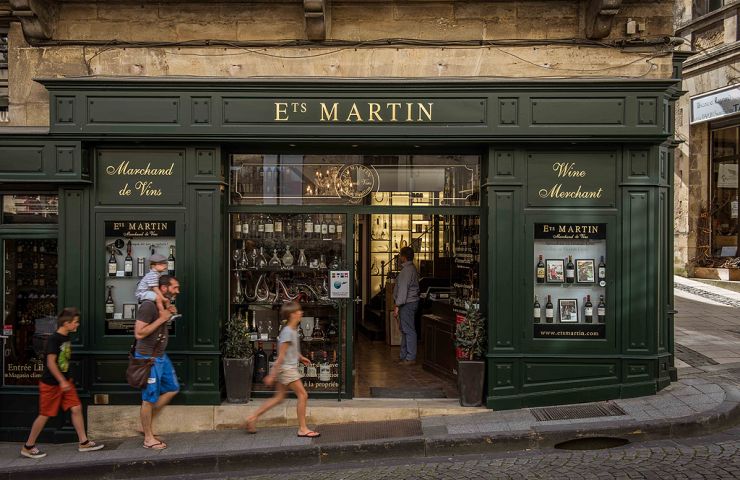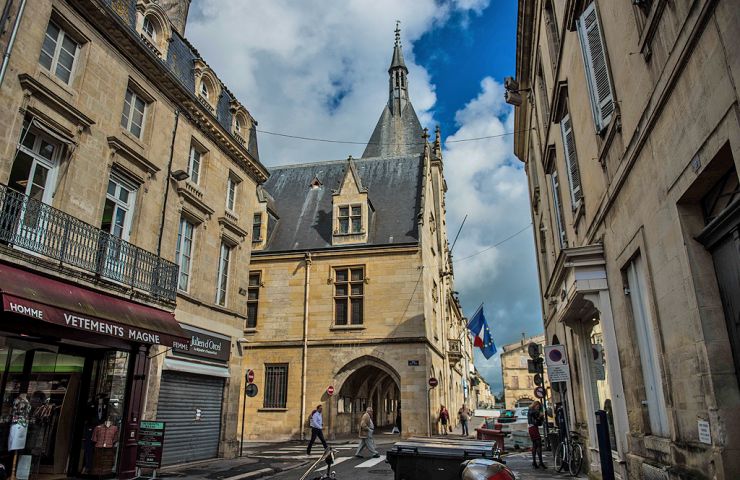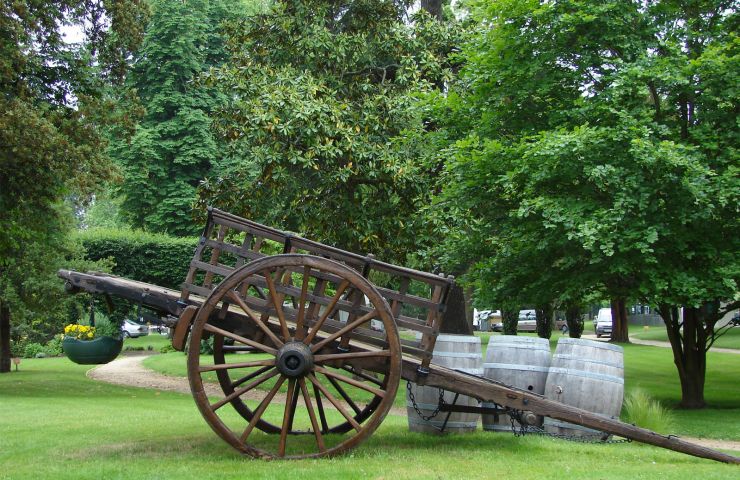You will also like
The Top 8 of the most beautiful villages in Gironde
The Top 8 of the most beautiful villages in Gironde
Saint-Émilion
Weekend & Holidays
Château Gaubert Saint-Emilion Grand Cru: A wine made in family with the heart
Château Gaubert Saint-Emilion Grand Cru: A wine made in family with the heart
2,5 km - Saint-Christophe-des-Bardes
Food Lovers
Top 10 things to do in and around Libourne
Top 10 things to do in and around Libourne
7,3 km - Libourne
Rest and relaxation
You will like also
Clos des Menuts
Clos des Menuts
Located in the very heart of Saint-Émilion, Clos des Menuts has superb medieval monolithic cellars -among the most ...
78 m - Saint-Émilion
Cité médiévale de Saint-Emilion
Cité médiévale de Saint-Emilion
Saint-Emilion is a real gem in Gironde, famous throughout the world for its wine and its heritage. A medieval gem ...
220 m - Saint-Émilion
The Roy's Tower
The Roy's Tower
The Roy's Tower dominates the village of Saint-Emilion. This Romanesque keep is a very well preserved vestige of the ...
288 m - Saint-Émilion
Bastide de Libourne
Bastide de Libourne
Libourne is an old port bastide which owes its prosperity to the wine trade. The central square with its arcades and ...
6,5 km - Libourne
Epinette Park
Epinette Park
The Épinette Park is an urban park in the heart of Libourne. It is very wooded, criss-crossed by small paths that ...
6,6 km - Libourne
Ride around
Boucle vélo : Les Côtes de Castillon
Boucle vélo : Les Côtes de Castillon
Saint-Émilion
Velo hybrid Bike / road
Iconiques à vélo : L'église monolithe de Saint-Emilion
Iconiques à vélo : L'église monolithe de Saint-Emilion
81 m - Saint-Émilion
Velo hybrid
Iconiques à vélo : L'église monolithe de Saint-Emilion
Iconiques à vélo : L'église monolithe de Saint-Emilion
81 m - Saint-Émilion
Velo hybrid Bike / road
"Entre vignes et Dordogne" à Saint Emilion
"Entre vignes et Dordogne" à Saint Emilion
94 m - Saint-Émilion
Velo hybrid Mountain bike










































